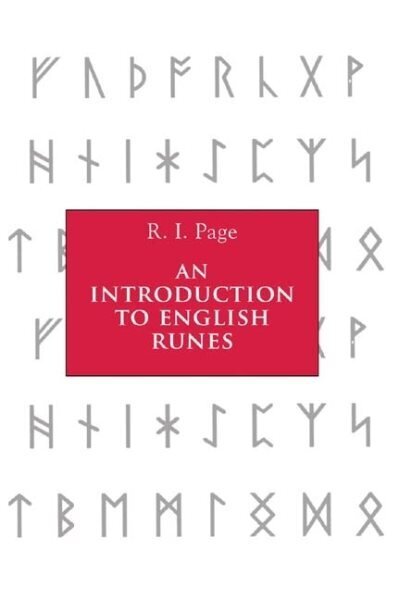
| Autor: | R.I. Page |
| Lehekülgede arv: | 272 |
| Ilmumisaasta: | 2006 |
| Kauba ID: | 20057838 |
Introduction to the use of runes as a practical script for a variety of purposes in Anglo-Saxon England.
Runes are quite frequently mentioned in modern writings, usually imprecisely as a source of mystic knowledge, power or insight. This book sets the record straight. It shows runes working as a practical script for a variety of purposes in early English times, among both indigenous Anglo-Saxons and incoming Vikings. In a scholarly yet readable way it examines the introduction of the runic alphabet (the futhorc) to England in the fifth and sixth centuries, the forms and values of its letters, and the ways in which it developed, up until its decline at the end of the Anglo-Saxon period. It discusses how runes were used for informal and day-to-day purposes, on formal monuments, as decorative letters in prestigious manuscripts, for owners' or makers' names on everyday objects, perhaps even in private letters.For the first time, the book presents, together with earlier finds, the many runic objects discovered over the last twenty years, with a range of inscriptions on bone, metal and stone, even including tourists' scratched signatures found on the pilgrimage routes through Italy. It gives an idea of the immense range of information on language and social history contained in these unique documents. R.I. PAGE is former Professor of Anglo-Saxon in the University of Cambridge.
Introduction to use of runes as a practical script for a variety of purposes in Anglo-Saxon England.
Runes are quite frequently mentioned in modern writings, usually imprecisely as a source of mystic knowledge, power or insight. This book sets the record straight. It shows runes working as a practical script for a variety of purposes in early English times, among both indigenous Anglo-Saxons and incoming Vikings. In a scholarly yet readable way it examines the introduction of the runic alphabet (the futhorc) to England in the fifth and sixth centuries, the forms and values of its letters, and the ways in which it developed, up until its decline at the end of the Anglo-Saxon period. It discusses how runes were used for informal and day-to-day purposes, on formal monuments, as decorative letters in prestigious manuscripts, for owners' or makers' names on everyday objects, perhaps even in private letters.For the first time, the book presents, together with earlier finds, the many runic objects discovered over the last twenty years, with a range of inscriptions on bone, metal and stone, even including tourists' scratched signaturesfound on the pilgrimage routes through Italy. It gives an idea of the immense range of information on language and social history contained in these unique documents. R.I. PAGE is former Professor of Anglo-Saxon in the University of Cambridge.
Introduction to use of runes as a practical script for a variety of purposes in Anglo-Saxon England.
| Kauba ID: | 20057838 |
| Kategooria: | Tervislik eluviis ja toitumine |
| Tootepakendite arv: | 1 tk. |
| Paki suurus ja kaal (1): | 0,02 x 0,2 x 0,13 m, 0,28 kg |
| Kirjastus: | Boydell & Brewer Ltd |
| Raamatu keel: | Inglise keel |
| Tüüp: | Täpsustamata |
| Autor: | R.I. Page |
| Lehekülgede arv: | 272 |
| Ilmumisaasta: | 2006 |
Toodete pildid on illustratiivsed ja näitlikud. Tootekirjelduses sisalduvad videolingid on ainult informatiivsetel eesmärkidel, seega võib neis sisalduv teave erineda tootest endast. Värvid, märkused, parameetrid, mõõtmed, suurused, funktsioonid, ja / või originaaltoodete muud omadused võivad nende tegelikust väljanägemisest erineda, seega palun tutvuge tootekirjeldustes toodud tootespetsifikatsioonidega.